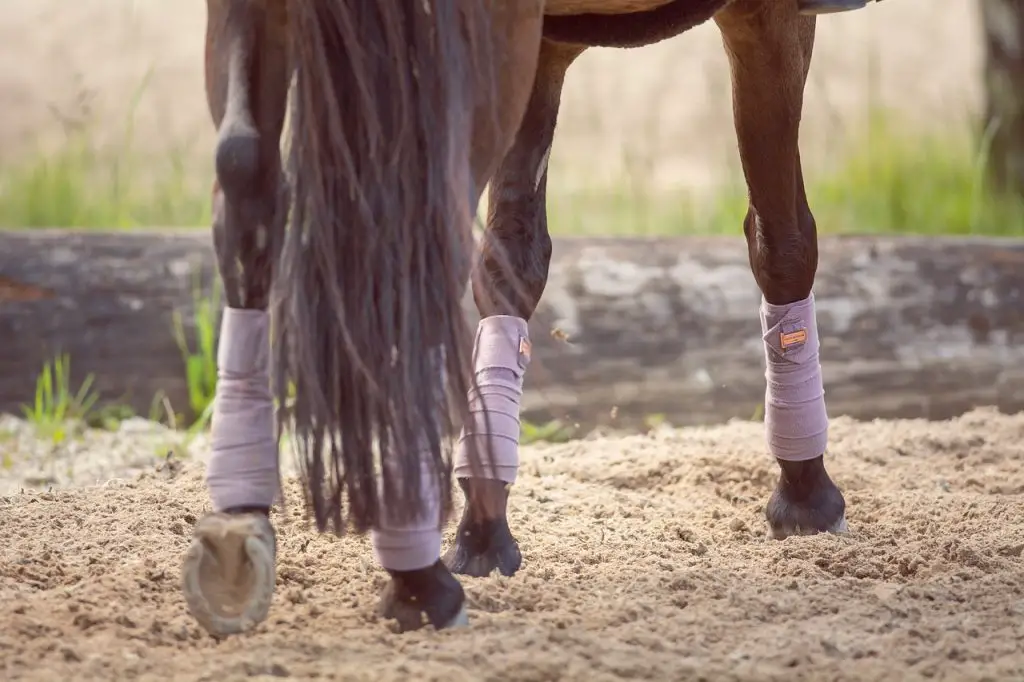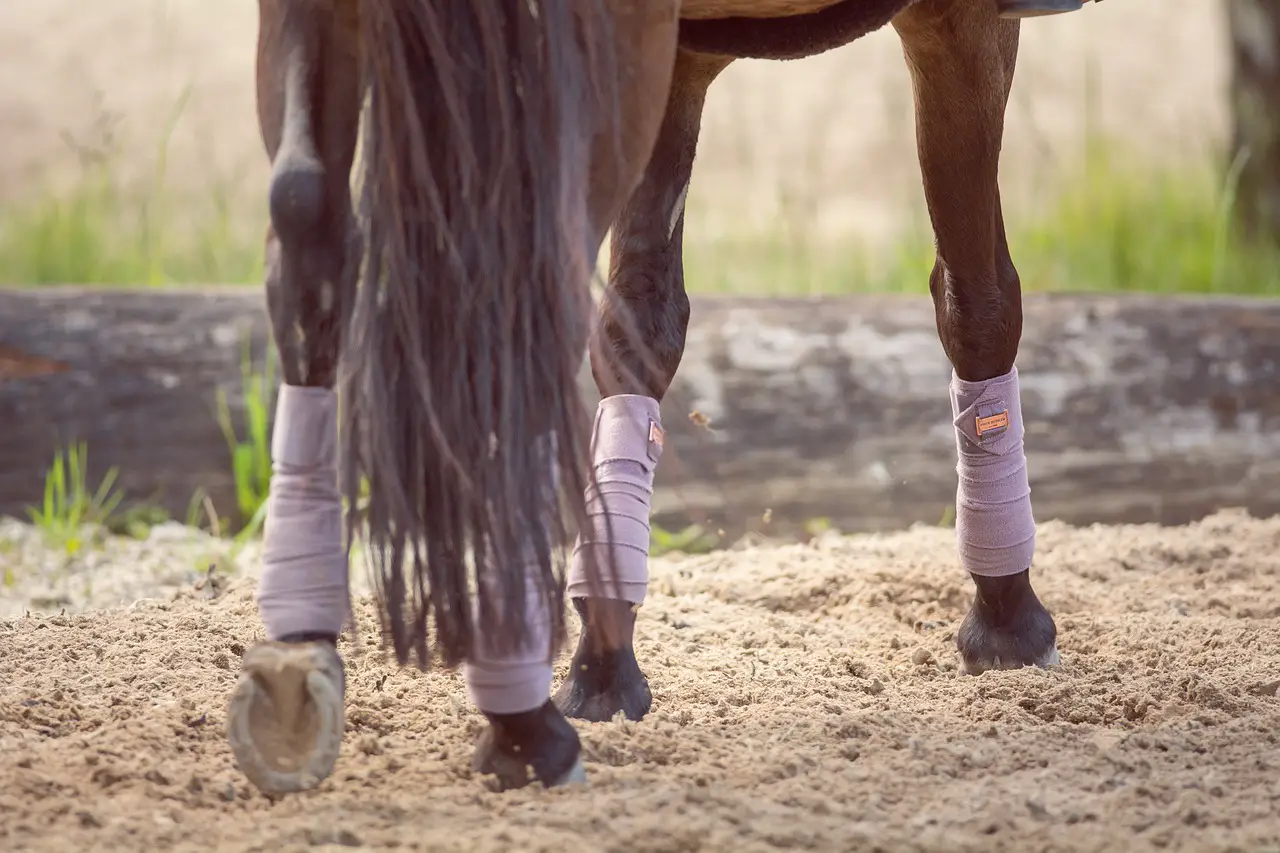Last Updated on February 21, 2022 by Allison Price
There are many names for arthritis, including degenerative joint disease and osteoarthritis. However, the result is that your horse will have stiff and painful joints. This chronic condition is common in older horses. It occurs when the cartilage around their joints becomes deteriorated, particularly around their knees, fetlocks and hocks. Arthritis can often cause lameness.

Causes
The leading cause of arthritis is joint trauma. This could be due to years of repetitive stress. Septic arthritis is a form of acute degenerative joint disease that can be caused by infected wounds.
Symptoms
Swollen joints, stiffness and uneven gait are the most common signs of arthritis. You may find your horse unable to or unwillingly comply with your demands. Jumpers might not want to stop or turn.
Diagnosis
Veterinarians can diagnose arthritis severity and presence by performing a physical exam, lameness examination and taking X-rays.
Treatment
Although arthritis isn’t curable, people can manage it in a variety of ways depending on their severity.
Non-steroidal anti-inflammatory drugs (NSAIDS), glucosamine, and hyaluronic acids can all be used to treat arthritis. Joint inflammation may be reduced by curcumin, which is the active ingredient of turmeric. Some veterinarians now offer the option of injecting stem cells directly into the affected joints.
Researchers are exploring alternative methods of managing horses, such as aqua therapy. Colorado State University scientists have examined the effects of horses walking on an underwater treadmill.
Even if your horse has become too stiff or unresponsive to riding, it still needs to be exercised. Stall resting too much will make your horse’s joints more stiff. So keep your horse active, and his joints are mobile. Your horse should be free to roam freely in the pasture at its own pace. Your arthritic horse should not be bullied or chased around by the rest. For the arthritic horse, quiet companions are better.
Keep your horse’s hooves trim. If a horse’s feet are too long, it increases the chances of the joints twisting or torqueing. Think about the ground your horse is standing on. Proper footing is necessary to provide cushioning, but not too soft. Avoid activities on hard surfaces as they can cause joint pain. Avoid steep, uneven, and rocky terrain.
Pay attention to your horse’s weight. A horse that is more active will have a higher body weight. Joint stress can be increased by having a heavier horse.


